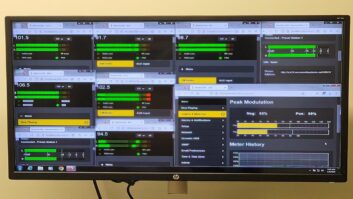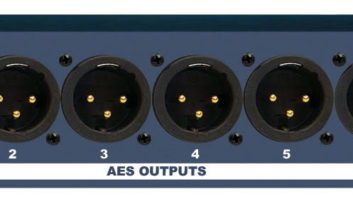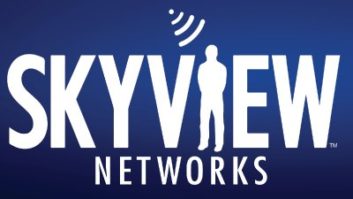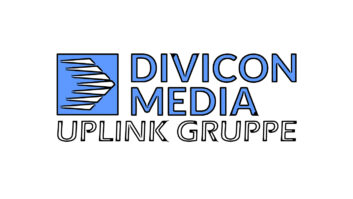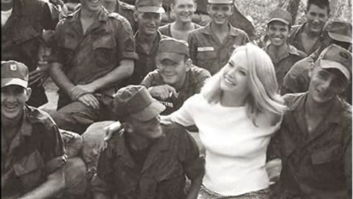
SYDNEY — One of Australia’s biggest live audio suppliers has overhauled its national distribution network. Fairfax Radio Syndication, which supplies over 250 commercial radio stations at 120 sites across Australia with live content, has installed new equipment including products from International Datacasting (IDC), Mayah and Newtec.
Fairfax is one of Australia’s longest-established media groups. Its syndication company now distributes more than 3,000 hours of audio per week to radio broadcasters throughout the country, including sporting events, news talk and contemporary music formats from a wide range of suppliers, alongside its own network of news talk stations. In 2012, the Fairfax technical team was awarded an Australian Commercial Radio Award for engineering excellence.
A CHANGE
Max Healey, systems analyst at Fairfax told Radio World: “We’ve been doing distribution for a long time — we had the old IDC FlexRoute receivers and head-end equipment dating back to 1996, and it still worked beautifully. But it had long stopped being supported, and by 2011 it was well and truly time to plan for a change.”
The content that Fairfax distributes includes major sporting events such as Australia’s most famous horse race, the Melbourne Cup, so reliability is critical.

Alastair Reynolds, Chief Engineer of Radio 2UE (L) and Max Healey, Systems Analyst at Fairfax Radio Syndication “Satellite is much better because you’ve only got a few points of failure. If I’ve got the program coming into me in Sydney and I know I’m sending it, but I don’t have it coming back, then I know it’s the satellite provider that’s got the problem,” Healey said.
“Or if I’ve got it coming back off my receiver, but one of the stations hasn’t got it, then it’s likely to be their local set-up. Whereas with IP you put it out on a network, it goes through many routers, and when somebody can hear it and someone else can’t, is it their equipment or a provider’s router? It can be hard to track.”
According to Healey, another requirement is the ability to use the bandwidth to its best advantage. “For example, in the mornings we have several talk formats used on AM radio that require relatively low bandwidth. However, in drive and on the weekend we carry nationally syndicated FM music formats that are best delivered at high bitrates,” he said.
Fairfax has installed IDC’s SuperFlex Pro Audio receivers and head-end equipment, including Net Manager and Event Manager, supplied in Australia by Omnicast.
RECEIVING
The system uses 12 Event Managers and one Net Manager, with each receive site using SuperFlex Pro Audio receivers. These include an on-screen display, which helps stations identify and eliminate any problems by showing information such as signal quality and audio levels.
Fairfax can also drill down into more detailed receiver data, which allows for deeper problem solving and network monitoring. Switching to the DVB-S2 standard meant more efficient use of satellite spectrum, and the new system’s IP capabilities gave Fairfax extra content delivery options.
As part of the overhaul Fairfax looked at each component in the broadcast chain. “We use IDC for the satellite system — but then you need audio encoders and we liked the Mayah products, which produce the MPEG encoding for us,” Healey said.
“One of the good things with IDC is that because it’s all standards-based, you can mix and match things like this. We also use a Newtec encapsulator-modulator, because it’s one box that does both functions, and they’ve been great with support too.” Advantech serial terminal servers complete the set-up, allowing the existing control equipment at content creation locations to work without modification.
At the receiving end, the radio stations just need one of the IDC satellite receivers. “It’s completely seamless for them. We’ll switch between their network morning program and the Fairfax news service,” said Healey.
“The station just has the two channels coming out into its console and the receiver switches where the audio is coming from internally, and they don’t see it — they just get a continuous stream of audio. And that is what’s great for them because the pulses stay the same, everything stays the same — the station wants to just be able to put the fader up, put the satellite on air and rely on it.”
MONITORING
The customized hardware is controlled by a management system developed internally by Fairfax, which allocates resources and configures the best path for each customer. The program-booking interface lets customers view schedules and make booking arrangements.
The system also monitors feeds, and automatically recovers from common faults — it will apply end pulses to news feeds if the presenter forgets to press a button. It will also detect failed components in the audio chain and can automatically find alternate paths.
Fairfax also works with advertisers to deliver and detect radio commercials. Healey explains that in the old days, advert distribution was all done on the satellite because that was the only way to get it.
“As the Internet started to get better coverage in the regional areas, that system has gone online. So when people started asking, ‘Why don’t we email the audio?’ — we said, ‘How about we can tell you not just whether the radio station downloaded it, but whether they played it when they said they did?’ And that’s radio monitoring,” he explained.
The system offers watermarking, where the audio is inaudibly encoded, and fingerprinting where it detects the audio. A combination of the two methods allows clients to receive a full report showing precisely where their adverts have been played, alongside activity from competing brands.
Will Jackson reports on the industry for Radio World from London.







